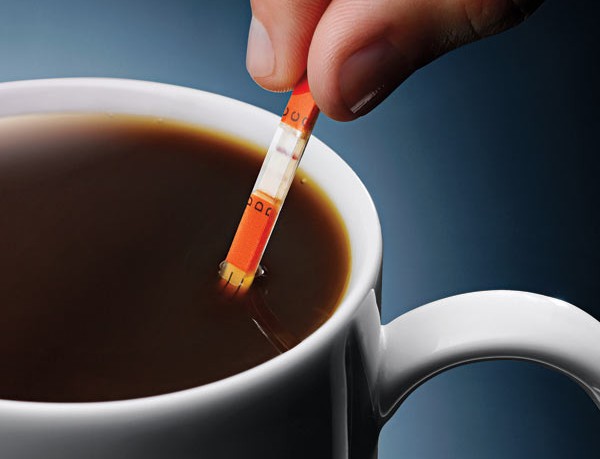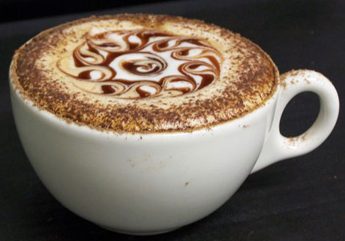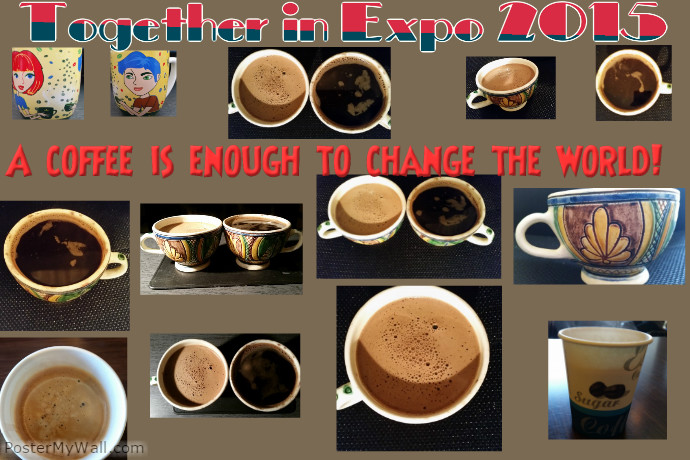Ms Julia has a coffee shop downtown
Bucharest. She organised a cupping meeting for us.
Rep.: – How did you get your start in
coffee?How hard is to run a coffee shop?
Ms. Julia: -My first job in coffee was
in Târgoviște working at a coffee roaster called Mug Coffee.. I had gone to
Bucharest on a scholarship after earning a Master’s degree in international
business. I wanted something more challenging than the classes I was taking at
the University of Târgoviște, so I looked for an internship or a part-time job.
The opportunity at cafe Jan appeared, and the rest is history! It is very
complicated to run a coffee shop in the beginning, after a time it´s starting
to work things out. When we started up the Juliastore, we started with a café
to sell coffee and salads and sandwiches, then built a farm to grow the
vegetables and it grew from there to a few stores open 7 days a week, all
selling sustainable products and helping local producers make a good living.
When we first started Juliastore, people kept telling me that is very hard for
a women, but in my business model it was about helping
people first and making money was just a consequence of that. When you are
attached to your business in advocacy, it becomes your way of life – it’s not
about the money, it’s about the difference in impact you can make. That is
something you can’t buy.
Rep.: -Really! Does your work is more
suitable for a man?
Ms. Julia.:- No, because in this kind
ofindustry of serving people, is more indicated to be a little bit patient and
men are not very good at this chapter. Consumers have become more and more
interested in the origin of their coffee and the conditions under which it was
produced. Incredible how things have changed in this regard.
The intention is to generate lots of
synergies across firms doing good work on the one hand, and clients that can
fund this work on the other.
Rep.:- That s very clever, but do you
think that women have a chance in any world industries? What
is your vision of gender equity in coffee 10 years from now?
Ms. Julia:- Currently we have an
industry where a large number of women are disengaged, mainly due to gender
inequity in the supply chain. In most
coffee-shops much of the work is done by
women, yet the men are the ones who have more access to the land and
resources.
Gender equity is a key link that brings
so many sustainability issues and business issues—climate change, food
security, health and education, disease mitigation, coffee quality and
productivity. So many of these issues
are positively impacted when we work together as equals and women have a true
voice and valued position throughout the industry. In my experience of working
with men and having men work for me, I find they are more focused and
task-oriented. Women on the other hand are
multi-taskers.Women tend to get down to the details more
Rep.: Thank you very much!
cupping session (Enhanced) (Enhanced) from nichita on Vimeo.






